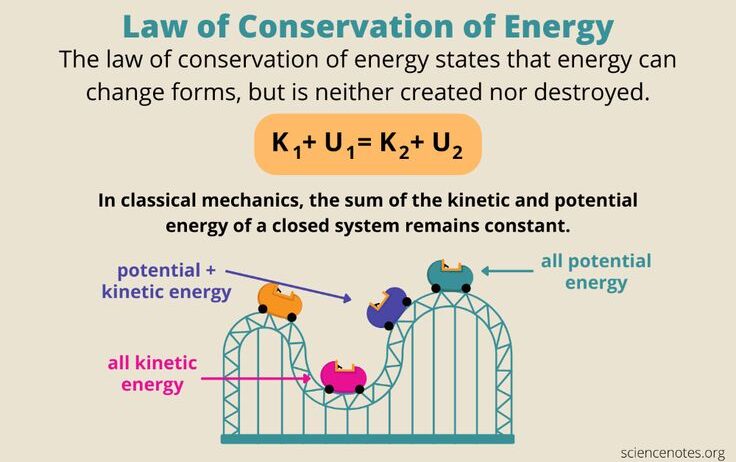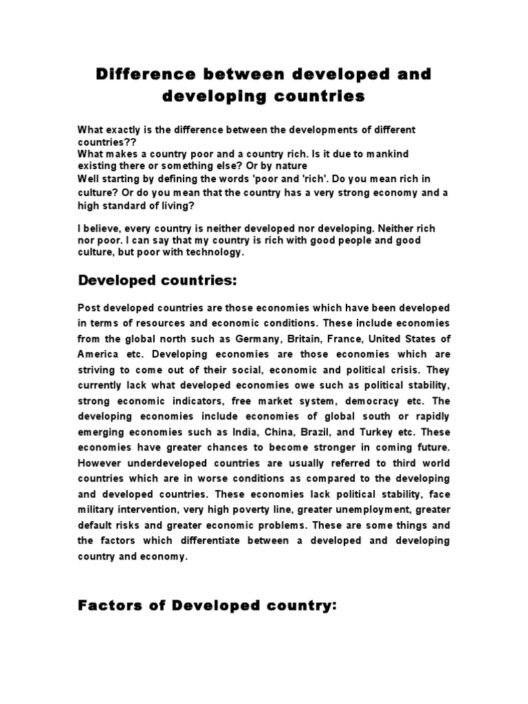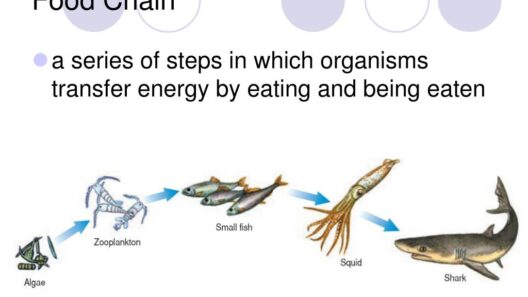In an era increasingly defined by the urgent call for sustainability, the topic of energy conservation is no longer a mere footnote; it is the headline. The way we use electricity resonates deeply with the environment, acting as both lifeblood for our modern conveniences and a potential harbinger of ecological sorrow. As we delve into the intricacies of smarter power use, envision energy not just as a commodity, but as an invaluable resource woven intricately into the tapestry of our daily existence. Much like the journey of water from the mountain peak to the vast ocean, electricity’s route to our devices is fraught with loss, but through understanding and mindfulness, we can harness it with finesse.
The essence of conserving energy can be distilled into a fundamental truth: less is more. Think of your electrical system as a vibrant garden. Each outlet, bulb, and wire is a plant that requires nurturing, yet if overwatered—or in this case, overused—it can drown rather than flourish. Thus, the cultivation of energy conservation starts with an intrinsic knowledge of our consumption patterns. It necessitates an introspection of the appliances and devices we choose to welcome into our homes.
One potent strategy for conserving energy hinges on the judicious selection of appliances. Energy-efficient models, often adorned with the bold Energy Star label, stand as the stalwart guardians of efficiency. These appliances are akin to streamlined athletes in a race; they accomplish the same tasks while expending significantly less energy. Switching to LED lighting, for instance, is an epochal leap forward. While traditional incandescent bulbs may seem innocuous, they outstrip their LED counterparts in energy consumption by an alarming margin, dispersing much of their energy as heat instead of light.
Beyond the appliances themselves lies the critical aspect of behavioral adjustments. The challenge of fostering energy-saving habits has much in common with nurturing a plant: it requires diligence and ongoing care. Consider the concept of ‘phantom loads’—those sneaky currents that flow through devices even when they are turned off. This latent energy drain, often coming from chargers, televisions, and computers left in standby mode, is a silent drain on resources. Investing in smart power strips equipped with automatic shutdown features becomes a wise choice—snipping the unseen lifelines that drain energy in slumber.
Moving beyond the individual household, an equally potent mechanism for energy conservation involves the integration of smart technology. Inundated with smart home systems that allow for centralized control of lighting, heating, and cooling, an entire household can morph into an intelligent network. Imagine a thermostat that learns your habits, adjusting temperatures in real time based on occupancy. It’s as if your home were endowed with a conscience, responding not only to your commands but also to the rhythms of nature itself. In this dance of technology, real-time data empowers users, making it possible to understand energy consumption at an intimate level and rectify inefficiencies.
Furthermore, the architectural design of our living spaces plays a pivotal role in energy conservation. The juxtaposition of adaptive building techniques and sustainable materials can create structures that breathe alongside their environment. Passive solar design, for example, employs strategic window placement and thermal mass to harness the sun’s warmth, reducing reliance on artificial heating. This approach is reminiscent of the age-old practices of indigenous communities that harmonized their shelters with the landscape, crafting homes that existed symbiotically with their surroundings.
The notion of energy conservation transcends mere technology and lifestyle choices; it invites a broader contemplation about our energy sources. The fabric of electricity itself is increasingly being woven with threads of renewable resources. Solar panels and wind turbines now stand as a testament to humankind’s ingenuity, capturing the voracious energy of sun and wind and transforming it into clean electricity. As we embrace these alternative sources, we not only reduce our reliance on fossil fuels but also champion a narrative of resilience against the specter of climate change.
However, the path to energy conservation is not without its complexities. Institutions, municipalities, and governments grapple with the paradigms of energy management and distribution. To truly spearhead a movement towards sustainability, innovative policies must mirror the aspirations of their citizenry. Incentives for renewable energy installations, rebates for energy-efficient upgrades, and community energy programs can act as catalysts for change, igniting a collective endeavor to reduce consumption at a larger scale. A coalition of stakeholders stands poised to reimagine our energy future—a tapestry of myriad voices, all interwoven with the shared goal of preservation.
Lastly, education and awareness play a crucial role in nurturing a culture that respects and conserves energy. Just as seeds require nurturing soil and sunlight to sprout, initiatives that promote energy literacy can yield a populace empowered to make informed choices. Workshops, community upskilling, and informational campaigns can illuminate the path towards sustainable energy practices, equipping individuals with tools to advocate for change in their own lives and communities.
As we navigate the landscape of energy conservation, let us remember that the journey is ongoing. The choices we make—whether as individuals or as collective societies—shape not only the quality of our lives today but also the ecological legacy we leave for future generations. Each small victory in energy conservation becomes a brushstroke on the canvas of a brighter, more sustainable tomorrow. And just as a single drop of water can ripple across a serene lake, so too can informed choices spark transformative change on a global scale.






